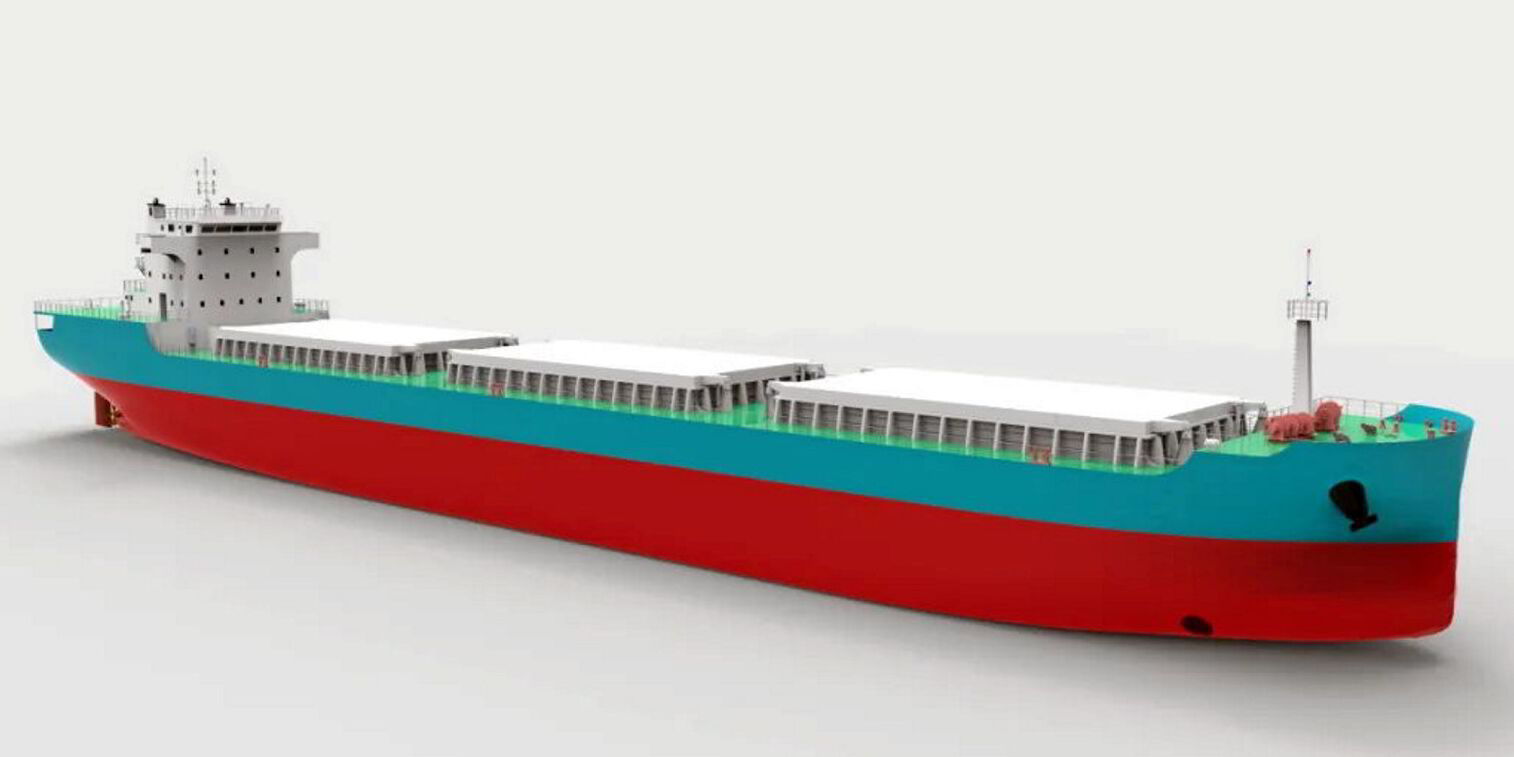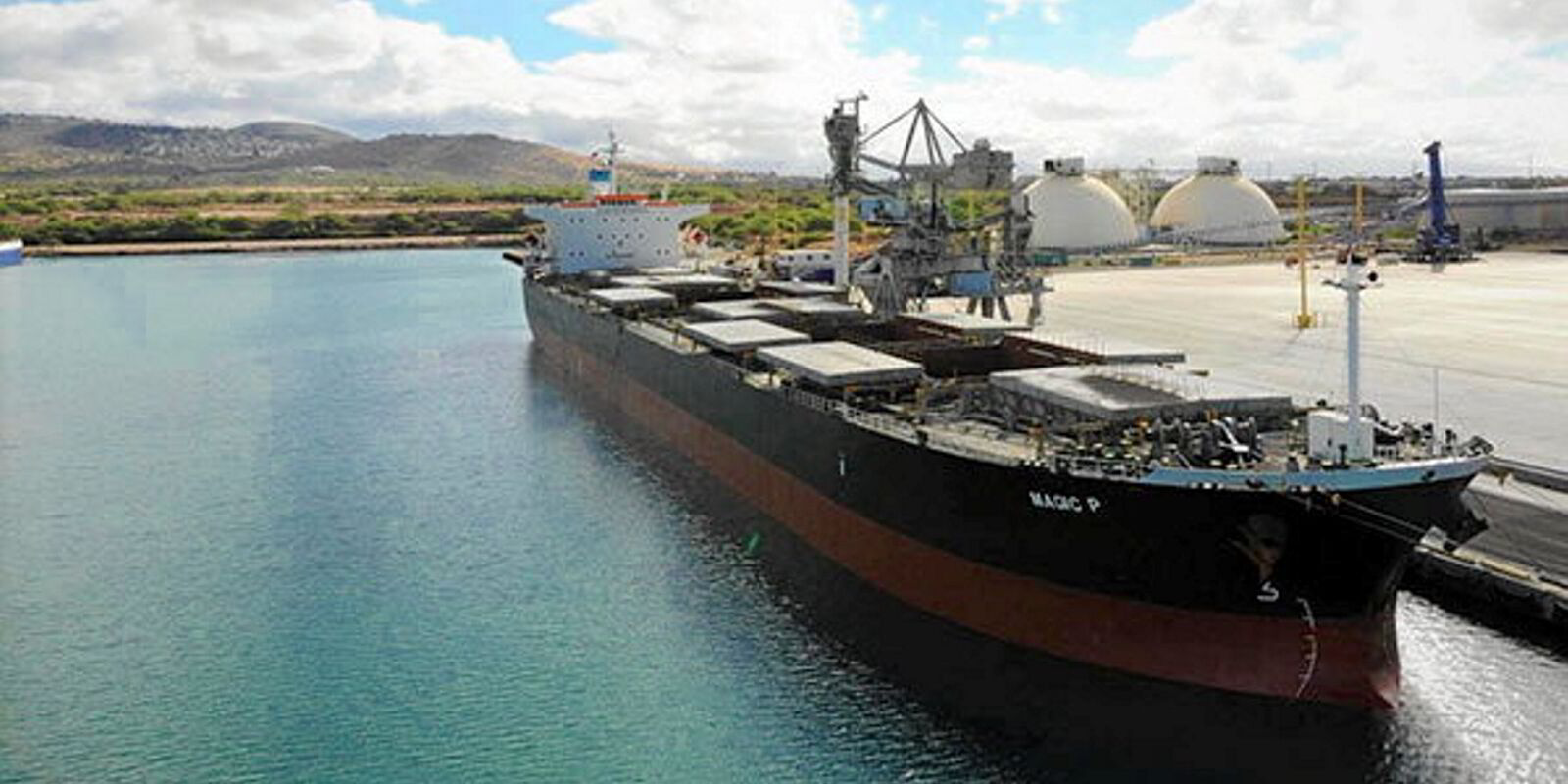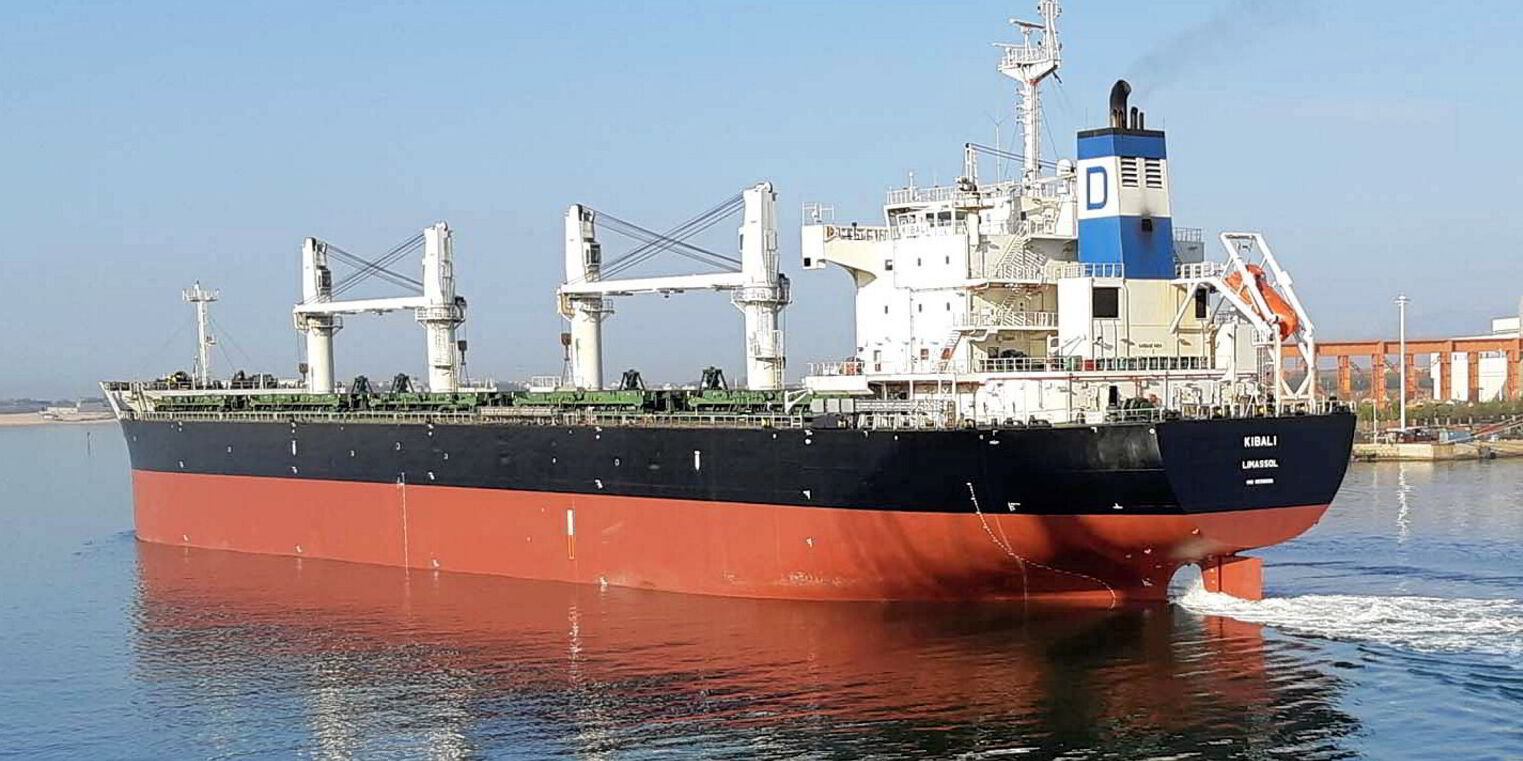Dry cargo experts Soren Roschmann and Anders Liengaard have launched an asset valuation platform that values bulkers in line with build quality, running costs and potential earnings.
The new offering, Value Guidance, was launched on Tuesday by the consultants, who are perhaps best known for their highly regarded annual rankings of publicly listed bulker owners’ commercial performance.
Liengaard, one-half of the Danish consultancy firm Liengaard & Roschmann (L&R), told TradeWinds that the pair saw a need for an evaluation platform that could identify long-term value in acquisition candidates.
“First of all, it’s always good to have more than one shop in town so that people can decide which provider they want to use,” he said.
“On a more technical level, we believe that we do the analysis a bit differently … We’re doing what we call a fundamental analysis, which means that we’re looking at the expected cash flows.”
Making the right investment when buying a ship is not simply about good timing. It is about modelling future costs as well as estimated earnings.
Anders Liengaard and Soren Roschmann both worked for bulker owners before launching their consultancy and its VesselIndex platform in 2018.
Roschmann headed Lauritzen Bulkers’ technical department, while Liengaard led handysize chartering at J Lauritzen. Together, the pair have around 40 years’ experience in commercial shipping.
Liengaard & Roschmann’s annual VesselIndex ranks publicly listed bulker owners by how far they outperform the relevant indices published by the Baltic Exchange. Ultramax owner Belships was named VesselIndex’s top-performing owner in May, according to the latest report.
VesselIndex comprises online tools for benchmarking vessel emissions and assessing the income potential of bulkers, among other functions.
“We’ve always said, when you buy a vessel, then make sure you’re buying the right vessel, meaning the vessel that creates most value for you on a day-to-day basis,” Liengaard said.
“We’ve seen ships where people expected the opex [operating expenditure] to be $5,000 a day, and it turned out to be $6,500. If you multiply that by 365 days over an ownership period of five or 10 years, then it all adds up.
“If you’re not fully focused on that, you may end up buying one ship where you could have bought another one and paid $500,000 or $1m more for another candidate that would have brought you a lot more value.”
The shipping industry has been moving towards a more technical and data-driven approach to asset valuations for some time.
But there is a feeling that some technical details are often overlooked in favour of a more straightforward market narrative.
Asset values go up with vessel earnings, but that truism belies a far more nuanced picture.
It has become much harder to predict vessel costs since the explosion of shipbuilding capacity around 2008, mostly in China, the pair told TradeWinds.
Variations in build quality began to emerge between new shipyards with little experience and facilities with long-standing expertise, even where they may have been building vessels to the same design.
Designs also become less standardised and more customisable at this time.
Then there has been a divergence in technology between older, high-consuming engines and more efficient models, affecting speed and fuel consumption, another key part of a vessel’s earning potential.
It is with this level of specificity that the platform highlights good-value acquisition candidates compared with not-so-great ones, even when weighing up bulkers built to the same design.
It also adds greater layers of nuance to the perception that Chinese yards are inferior to Japanese and South Korean yards. Roschmann said that may not necessarily be the case.
“I think the poor construction quality is still out there on the Chinese yards, but it all depends on which Chinese yards,” he said.
“Poor building quality is often associated with new yards or yards with bad experience, or yards that have been closed and are reopening and having a hard time amassing a qualified workforce.
“You can definitely find yards in China that provide good quality that have, for instance, Japanese management — take Dacks and Nacks, take Tsuneishi [in Zhoushan].”
The same is true for certain yards in South Korea and Vietnam.
Value Guidance’s cost model is based on L&R’s own scorecard system for rating shipyard quality as it relates to vessel opex. That allows the company to be fully transparent in explaining how exactly it has come up with its estimates, Liengaard said.
The new tool also helps buyers evaluate vessels’ historical performance and market trends.
L&R believes in displaying information in a way that is “easy, simple, fast” for users to compare vessels.
The Value Guidance tool will be available via a flexible subscription arrangement.
In the near future, the consultants aim to launch project value assessments, which will offer a more detailed platform through which users can customise any factor that goes into a vessel valuation.






